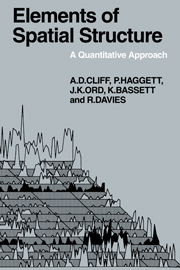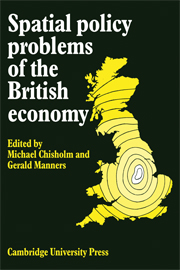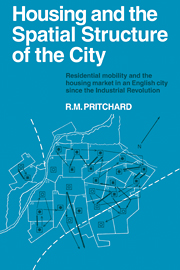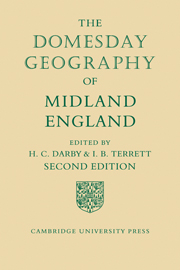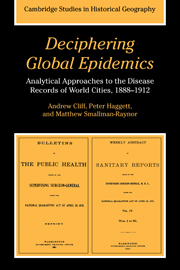Elements of Spatial Structure
Elements of Spatial Structure is a contribution to the literature on spatial series. Written by a group with varied backgrounds in engineering, geography and statistics, who collaborated at Bristol University in the early 1970s, the book analyses certain basic properties of spatial structure. It shows how spatial elements form an essential part of the real-world problems of population distribution, of urban and regional economies, and of diffusion processes. The book is divided into three parts. Part one is concerned with a static cross-sectional approach to spatial structure and explores some aspects of the central geographical problems of region-building and trend-surface mapping. Part two moves to a dynamic framework and extends time-series analysis in a regional framework. It includes two chapters on the application of the models presented to diffusion and unemployment data in south-west England. Part three links the first two parts together through a consideration of spatial autocorrelation and spatial forecasting. Again, formal models are presented and an attempt is made to gauge their utility by applying them to test problems in the south-west.
Product details
June 2009Paperback
9780521112727
280 pages
229 × 152 × 16 mm
0.41kg
Available
Table of Contents
- 1. Introduction
- Part I. Static Aspects of Regional Structure:
- 2. Regions as combinatorial structures
- 3. Regions as ordered series
- 4. Regions as surfaces
- Part II. Dynamic Aspects of Regional Structure:
- 5. Spatial comparison of time series: a framework
- 6. Spatial comparison of time series: I. Contagious processes
- 7. Spatial comparison of time series: II. Unemployment in South-West England
- Part III. Autocorrelation and Forecasting:
- 8. Spatial autocorrelation
- 9. The analysis of regional patterns by nearest-neighbour methods
- 10. Regional forecasting
- Appendices.

